Affiliate links on Android Authority may earn us a commission. Learn more.
The traditional flagship is sinking, but don't count it out just yet
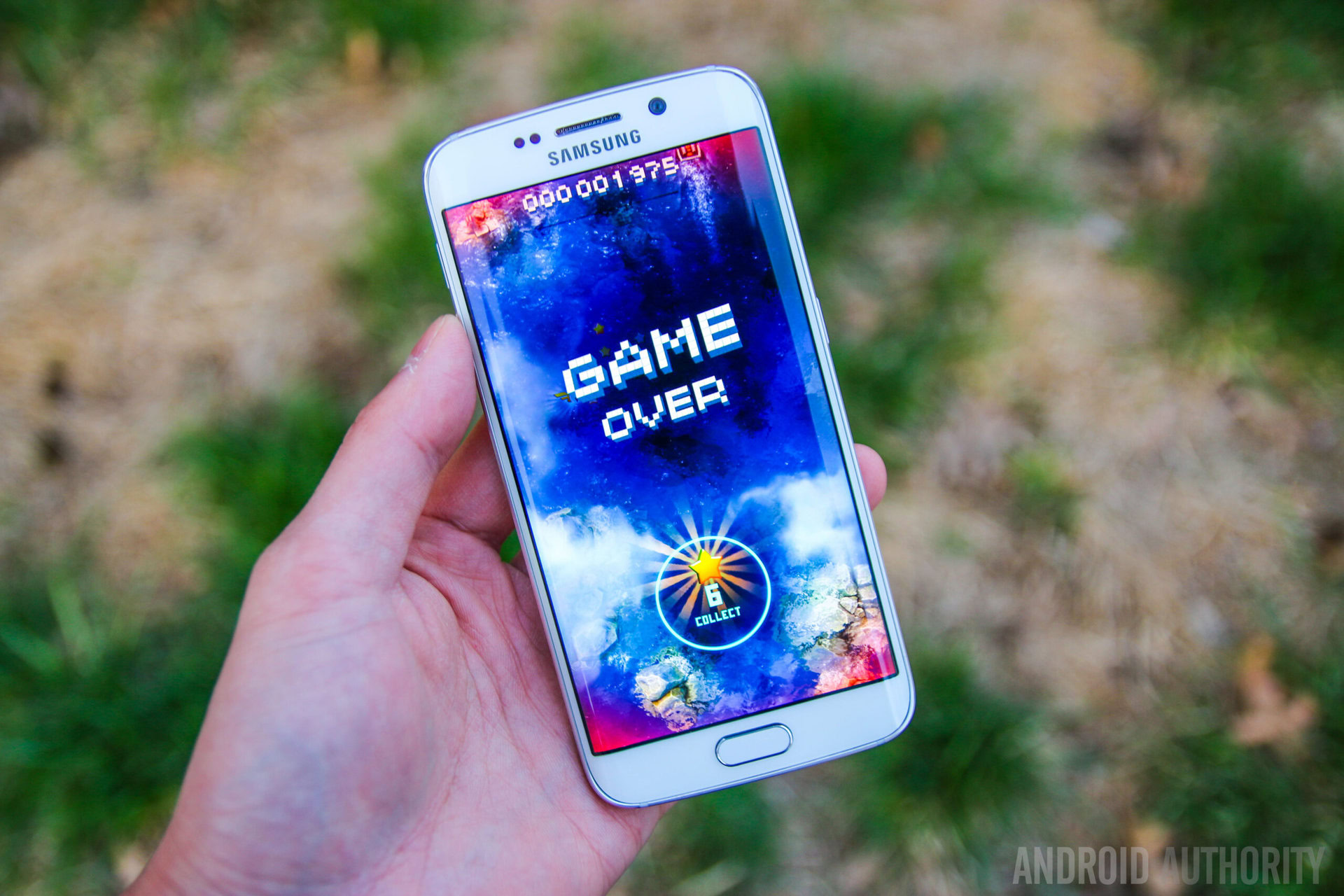
Smartphones are getting cheaper all the time. Sales of high-end $700 or $800 flagships are generally declining. More people are bypassing carriers and buying directly from OEMs, or picking up unlocked devices from online retailers. Could we be looking at the end of the traditional, expensive flagship phone? Can Samsung, LG, or even Apple keep asking us to pay big bucks for their latest offerings?
What’s going on?
If you look at the last round of flagship releases it’s difficult to see where the innovation is. We haven’t seen many compelling new features in the last few years. The flagship line-up has started to look pretty homogenous and almost everyone owns a smartphone now. When the market stagnates, one of the few remaining options for manufacturers looking to stand out is to drop prices.
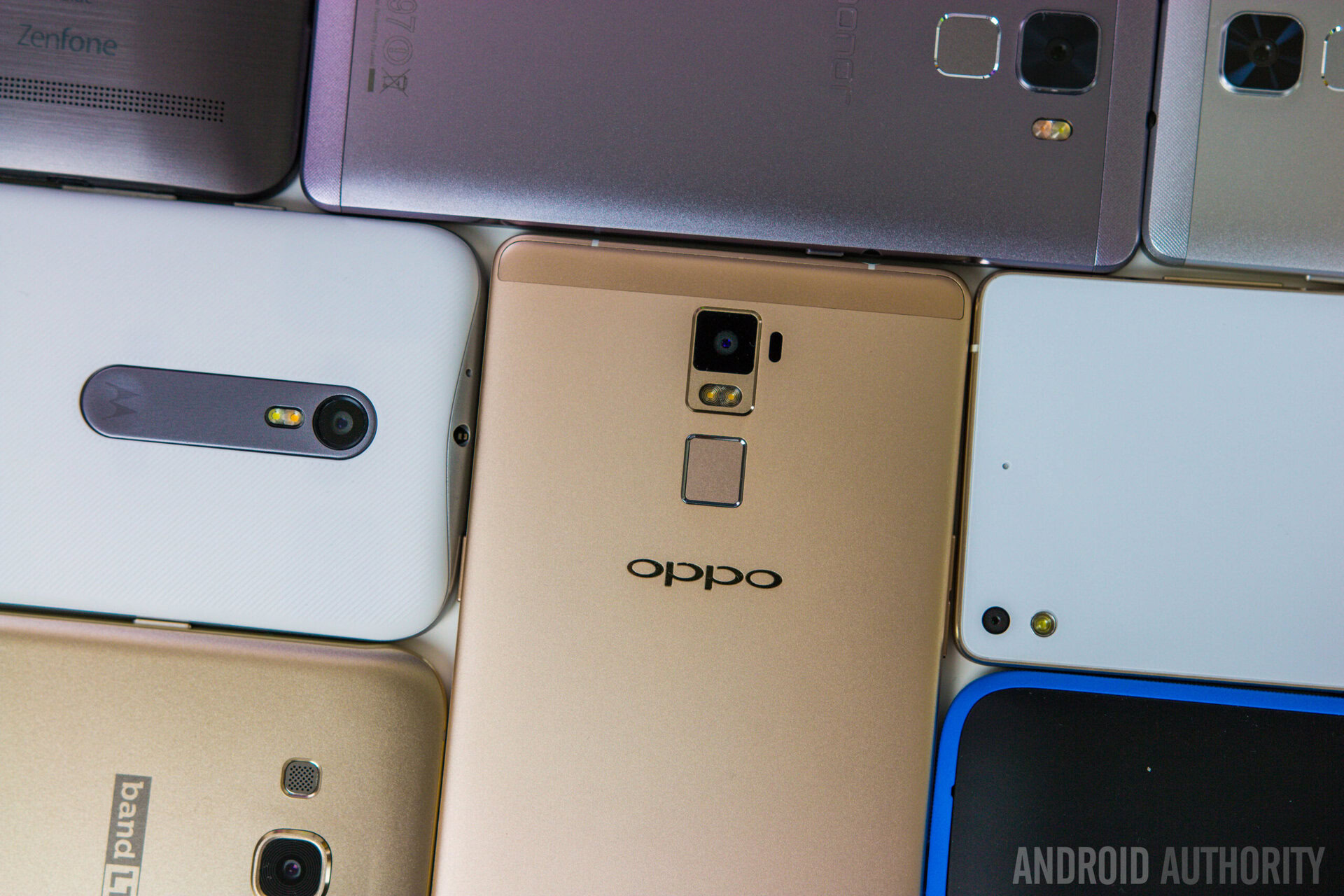
The average selling price for an Android phone has plummeted from $441 in 2010 down to $254 last year. That’s partly because of the abundance of budget Android smartphones on the market. The platform has improved and hardware has reduced in price dramatically over the last few years. Budget phones are now perfectly usable, and some mid-range offerings, in terms of price, are competing with the high-end flagships, in terms of specs.
If we take a look at something like the OnePlus 2, which starts at $329, we can see the pressure in the market. It’s not really “the 2016 flagship killer” OnePlus suggests, but it doesn’t look out of place next to this year’s crop.
Price drops come quickly
It used to be that flagships would be sold for nearly a full year at the release price, or very close to it. The prices would only start to drop within a month of the next version in the series, but nowadays they begin to fall pretty quickly after release. The LG G4 has dropped from $600 to $480 on T-Mobile and $470 unlocked on Amazon. You can pick up a Galaxy S6 or S6 Edge for $550 now. The Nexus 6 has dropped to $500 from Google and $490 on Amazon now.
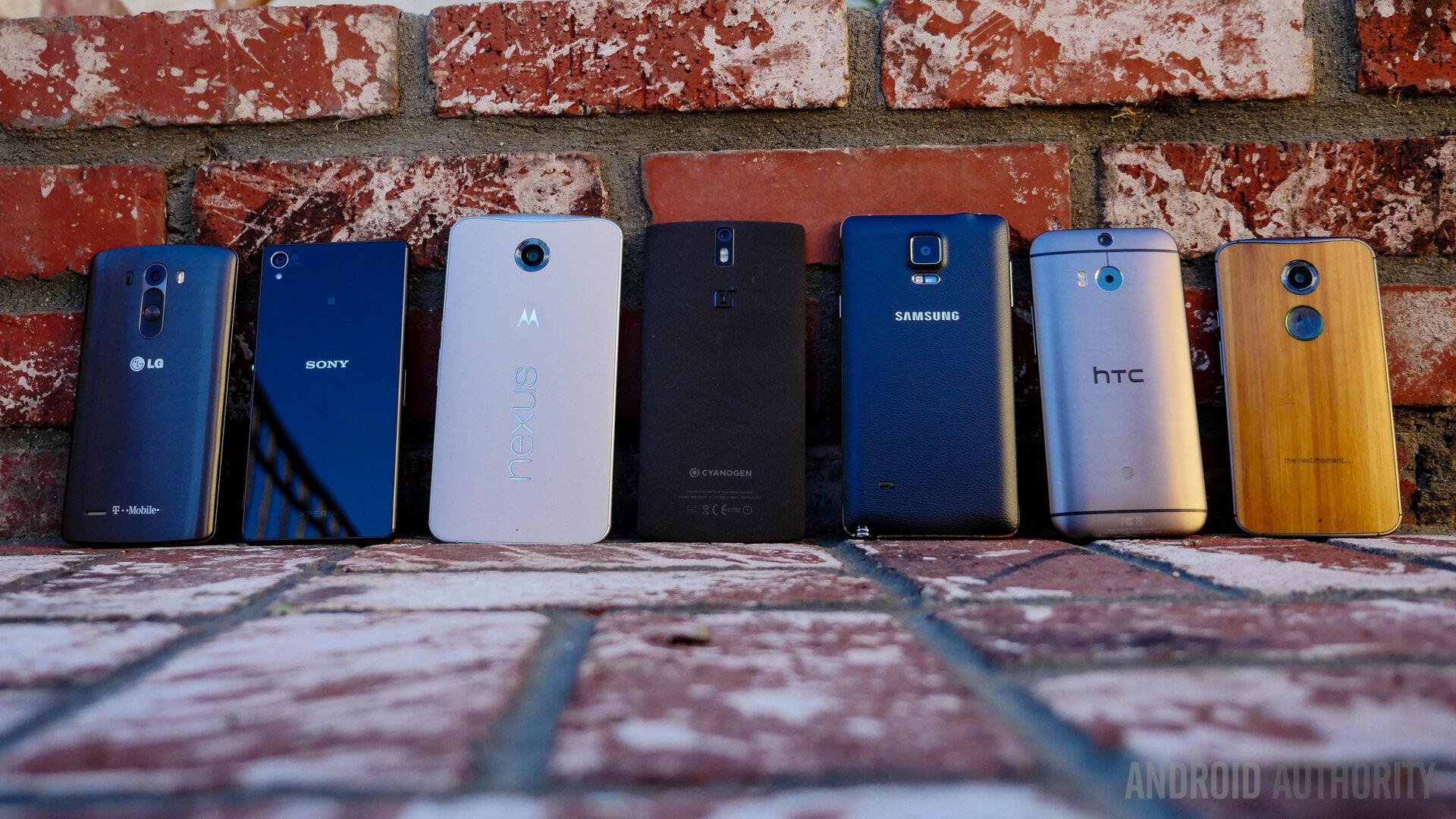
This is yet another reason not to lock yourself into a two-year contract and pull the trigger on the latest flagship on release day. You quickly end up in a negative equity situation, but you’ve still got to pay your smartphone off at the original inflated price.
What are the pros and cons?
There’s really only one big pro that matters – cheaper smartphones for all. But it’s also potentially great for customers to be able to shop around on carriers. In theory, it should drive them to offer better deals for service.
For manufacturers, there’s really only one big con that matters – reduced profits. But is that bad for consumers? You could argue that it will lead to a reduction in R&D, maybe there’s a knock-on impact in terms of reduced innovation, but that could also be self-defeating for the OEMs.
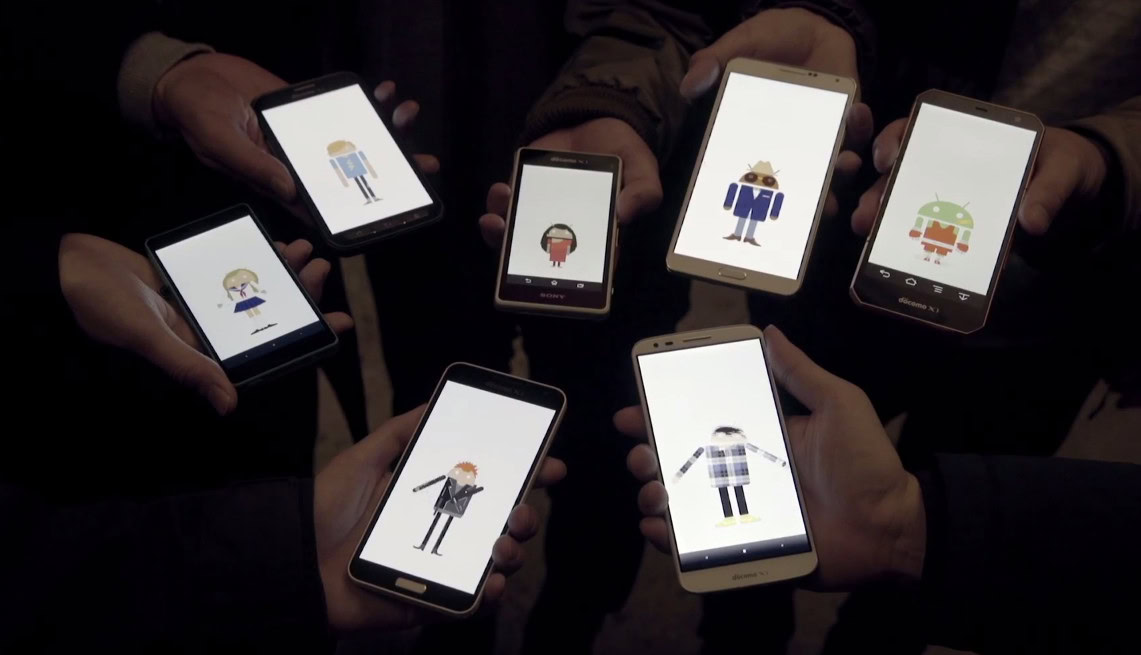
Bucking the trend
There will always be a minority of people willing to pay top dollar for the latest thing. Realistically, that’s based on a mixture of alluring hardware and effective marketing. Looking around for an exception to the dwindling profit rule, Apple is an obvious elephant in the room.
Even the average selling price of the iPhone has declined since 2010. It has gone from $702 to $657 in 2014. But for the most part Apple still fits the old model. It sells its flagship at a premium price and only discounts when the next version is released. The fact it has its own exclusive platform, a strong brand, and high customer satisfaction and loyalty are just some of the reasons.
It’s difficult to argue the demise of the traditional flagship in the face of the iPhone’s continued success, but the Android smartphone market is clearly a different beast.
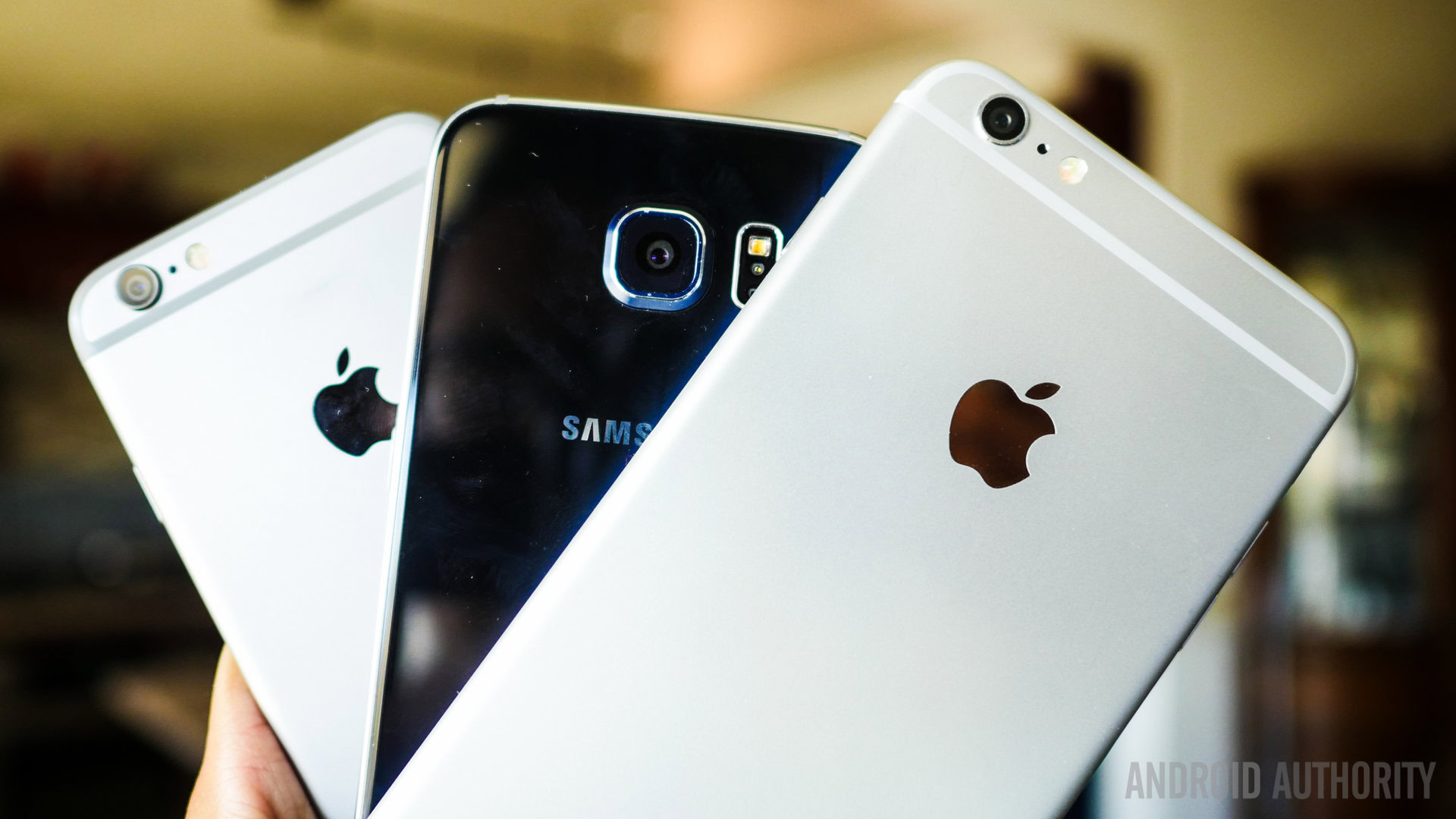
Shifting strategies
We’ve seen a couple of strategies to try and combat this general demise from Samsung, the master of the multi-pronged approach. Two of them look like they might have legs.
First, the trend towards bigger displays as phablets take off has largely been driven by the success of Samsung’s Galaxy Note series. People seem to be willing to pay more for bigger devices and phablets are taking over as the new flagships. LG went as far as to merge the two, with the G3 and G4 being clear flagships that are also phablet sized. Apple jumped on that bandwagon too, because the 6 Plus is clearly superior to the standard iPhone 6.
Second, the innovative curved display design of the S6 Edge led to better sales than anticipated. Apparently, Samsung expected the normal S6 to outsell the Edge significantly, but it didn’t. Considering the Edge was also more expensive at release, there’s clearly still a hunger for sexy new devices that innovate. It will be interesting to see what happens with the S6 Edge+ as it combines both trends and is now the most expensive smartphone in Samsung’s line-up.
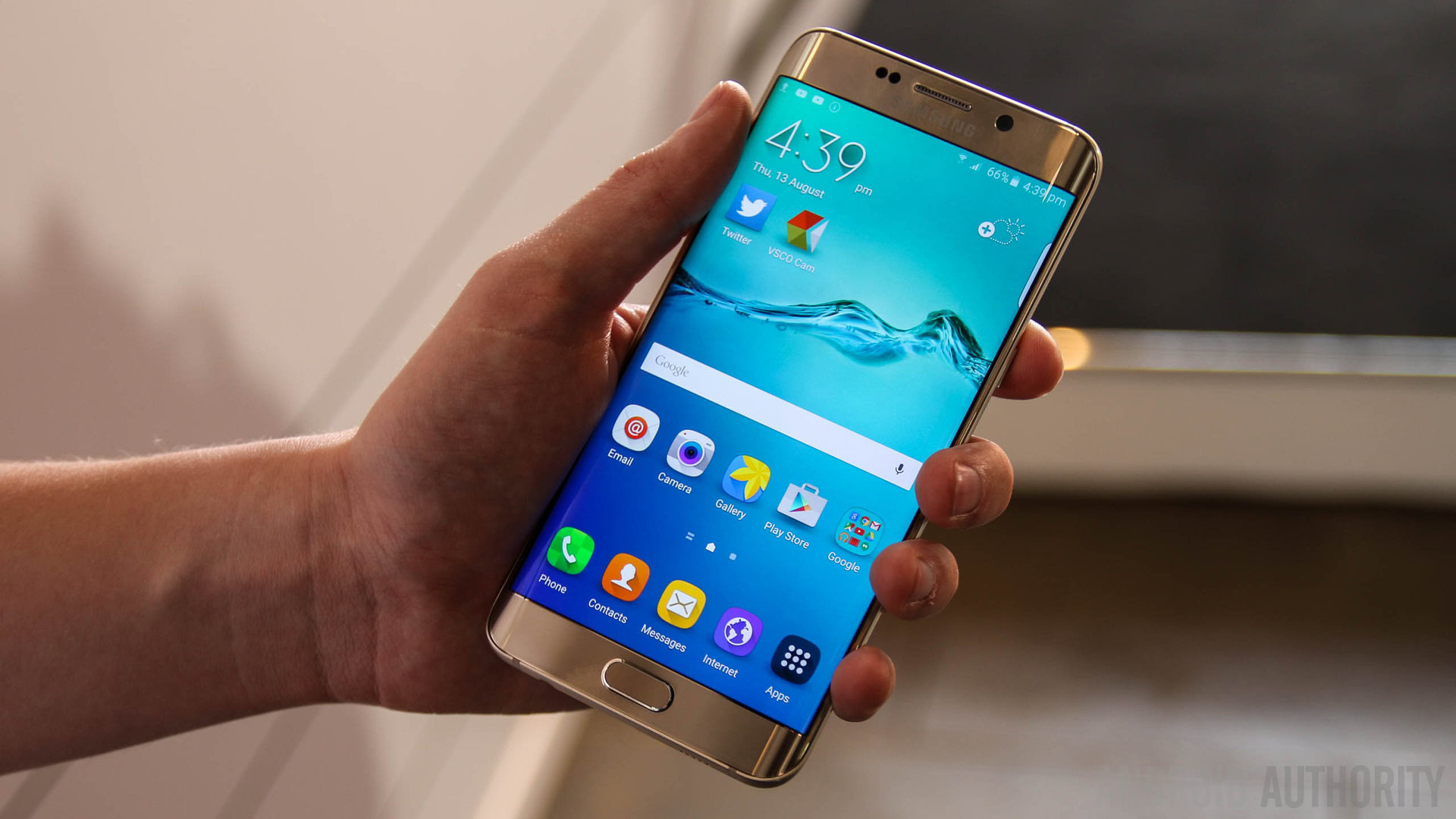
Still kicking
There definitely is a decline in the traditional flagship phone model. We can see it clearest if we look at something like the HTCOne M9. Manufacturers can’t get away with releasing the same phone as last year, no matter how gorgeous the design may be. People want some new features or design tweaks they can clearly identify, even if they are a bit puffed up by the marketing department, or balanced with steps backwards in other areas.
Flagship territory and pricing has also been an uphill struggle for Sony. And none of the up and coming field in the OEM charts, including Lenovo (and Motorola), HUAWEI, Xiaomi, ZTE, and Alcatel sell phones in the $700 or $800 price bracket.
Having said all that, there’s still room for a sizeable niche of premium-priced phones that offer a mixture of cutting edge features, gorgeous design, and clever marketing. The traditional flagship may be sinking, but you can’t count it out just yet.